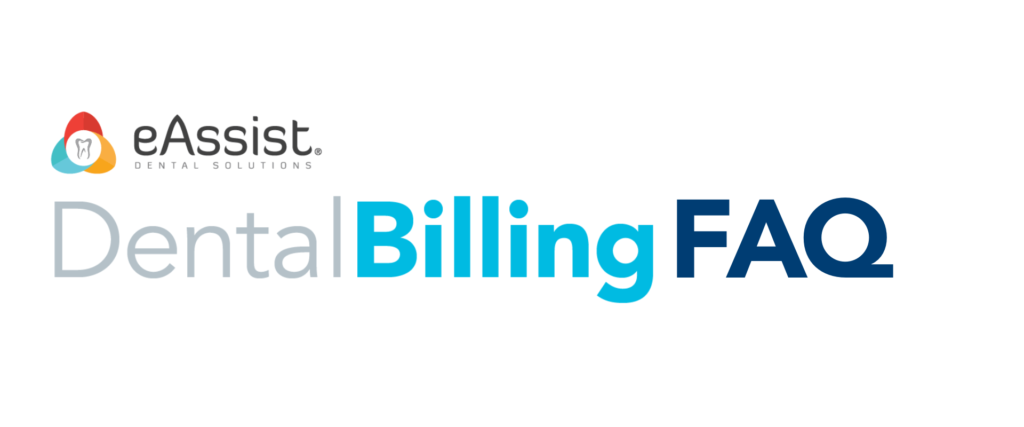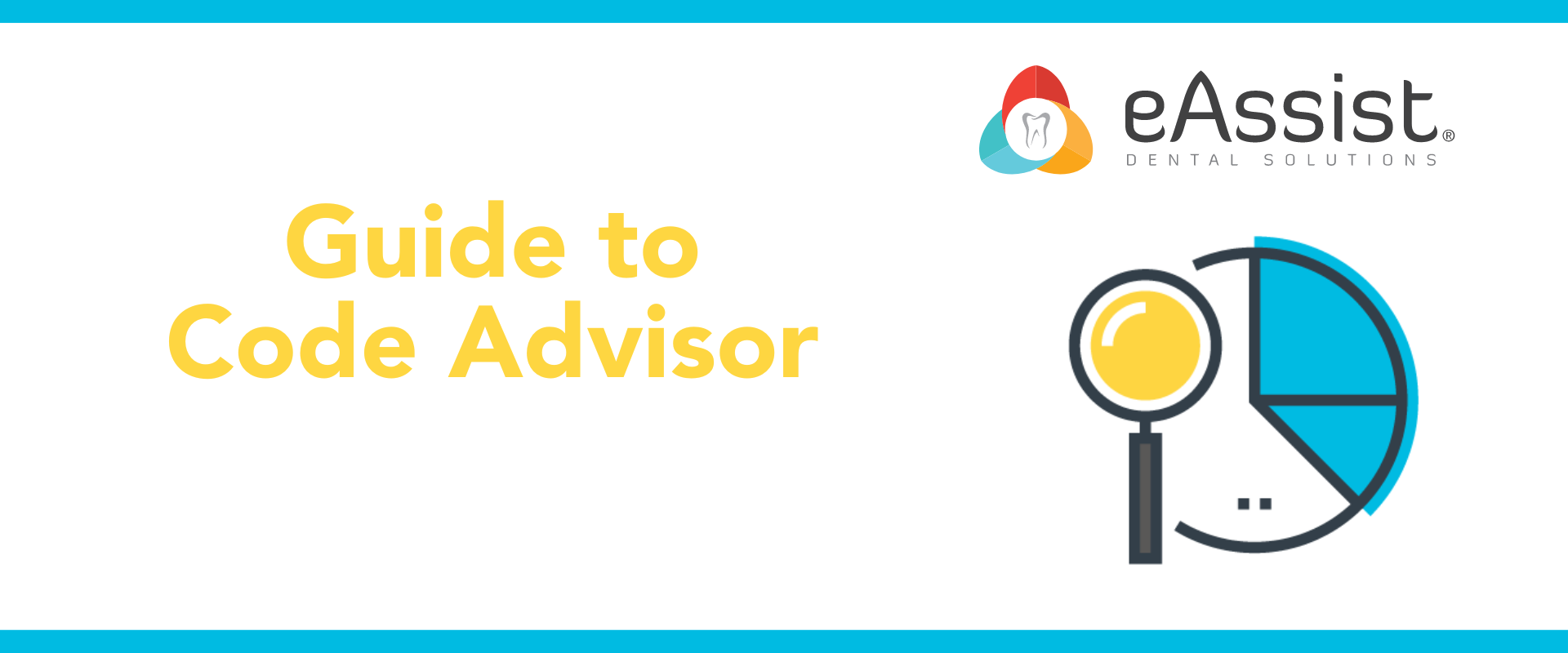As the owner of an established dental practice, your primary focus should be ensuring smooth and efficient operations that maximize revenue and maintain patient satisfaction. One area where this is crucial is dental revenue cycle management (RCM). If you’re not familiar with this term, dental RCM refers to the comprehensive process of managing a practice’s finances, from patient billing to collections. Today, I will share with you my insights as an established leader in managing integrated dental organizations. You will learn how outsourced dental RCM services can optimize your cash flow. You will also receive answers to common questions that I’ve encountered throughout my career.
What is dental revenue cycle management and why does it matter for my practice?
Dental RCM encompasses a broad range of tasks and responsibilities that directly affect your practice’s financial health. Standardized dental RCM services represent seven crucial funnels:
- Patient scheduling and appointment management
- Insurance verification and eligibility checks
- Treatment planning
- Dental billing and claims submission
- Insurance and patient payment processing and collection
- Accounts receivable management
- Total revenue analysis and reporting
By effectively managing these tasks, your practice can reduce the risk of revenue loss, streamline financial processes, and ensure a steady cash flow.
Let’s break down some of the ways you can assess the health of your current dental RCM:
What are some key performance indicators (KPIs) I should be tracking for my practice’s RCM?
To optimize your RCM, it’s essential to track the right KPIs. Here are four key metrics to consistently monitor:
- Days in Accounts Receivable (DAR):
This metric measures the average number of days it takes for your practice to collect payment from insurance companies or patients. Aim for a lower DAR to maintain a healthy cash flow. - Claim Denial Rate:
Your claim denial rate indicates the percentage of claims denied by insurance companies. A lower denial rate means your practice is submitting accurate and complete claims, ideally resulting in higher overall revenue and consistent cash flow. - Collection Rate:
This measures the percentage of billed revenue your practice collects. A higher collection rate indicates effective billing and collection processes. - Net Collection Rate:
This represents the percentage of collectible revenue that your practice actually collects. A high net collection rate (usually above 98%) indicates that your practice is effectively managing accounts receivable and minimizing debt write-offs.
Checking these KPIs is crucial for a successful practice. Through consistent monitoring, you can gain valuable insights into your revenue cycle and make data-driven decisions to optimize your practice’s financial performance.
How can I reduce claim denials and improve my practice’s collection rate?
To reduce claim denials and boost your collection rate, consider implementing the following strategies:
- Train your staff on proper coding and billing procedures to minimize errors that lead to denials
- Implement a rigorous insurance verification process to confirm patient eligibility and coverage details before treatment
- Communicate with patients about their financial responsibilities and provide cost estimates for procedures
- Follow up on unpaid claims and work with insurance companies to resolve any issues
Collection rates have a direct effect on cash flow and should be a priority when it comes to establishing operational procedures. You may consider outsourcing as a way to introduce variable costs to your overhead rather than fixed salaries and continuing staff training.
How can I streamline patient billing and collections?
Streamlining patient billing and collections can help improve patient satisfaction and ensure timely payments. Here are some best practices you can implement:
- Offer multiple payment options, such as credit/debit cards, checks, and online payments to make it convenient for patients
- Send clear, concise, and accurate bills with itemized charges to minimize confusion
- Establish a consistent billing cycle and adhere to it
- Implement a follow-up system to remind patients of outstanding balances and to address any questions or concerns they may have
How can I improve my practice’s cash flow?
A healthy cash flow is essential for the smooth functioning of any dental practice. Strategies to improve your cash flow include:
- Regularly review your practice’s KPIs and identify areas for improvement
- Optimize appointment scheduling to maximize patient flow and reduce downtime
- Implement a robust collections process, including timely follow-ups on outstanding balances and payment plans for patients
- Negotiate contracts with insurance companies to secure better reimbursement rates and faster payments
- Consider outsourcing RCM tasks to specialized service providers, allowing your team to focus on patient care and other core aspects of your practice
Why should I consider outsourcing my dental practice’s RCM?
Outsourcing introduces a variable cost system when it comes to labor. Instead of having to pay a salary, you can easily budget a cost that scales with your collections. eAssist Dental Solutions created the modern dental billing solutions platform. Created by dentists for dentists, we understand the necessity of reducing overhead and negotiating costs. What better way to do this than by removing fixed costs? When you join the eAssist platform, you can expect:
- Access to specialized expertise in coding, billing, and collections, leading to improved accuracy and efficiency
- Reduced administrative burden on your staff, allowing them to focus on patient-facing duties and customer service
- Variable costs that scale with your profitability
Start with the nation’s leader in dental RCM solutions
Dental revenue cycle management plays a vital role in the financial health and operational efficiency of any dental practice. As COO of eAssist, my goal is to ensure that our platform users RCM processes are fully optimized, allowing them to maintain a healthy cash flow and grow their practice. As the nation’s leading solutions platform for all areas of practice success, we garner insights into the problems your practice faces each day. Whether you are looking for dedicated dental billing support, patient scheduling, or accounting management, we have solutions that can be customized to your needs. Our Business Development Specialists take pride in learning more about your specific financial goals and work to give you access to the expertise you require. It’s time to let your dental RCM processes work for you. Schedule a no obligation consultation today by clicking here or using the link below at your convenience.

Rob Linder is the former CEO of Espire Dental and an industry leading voice in the world of integrated dental organizations. His experience and education in business management has given him direct expertise in the world of dental revenue cycle management. As COO of eAssist, Rob innovates our platform processes to improve the patient, provider, and payor experience. His strategic processes nurture practice growth, payor member utilization, service affordability, and ease of access to dental care.










0 Comments